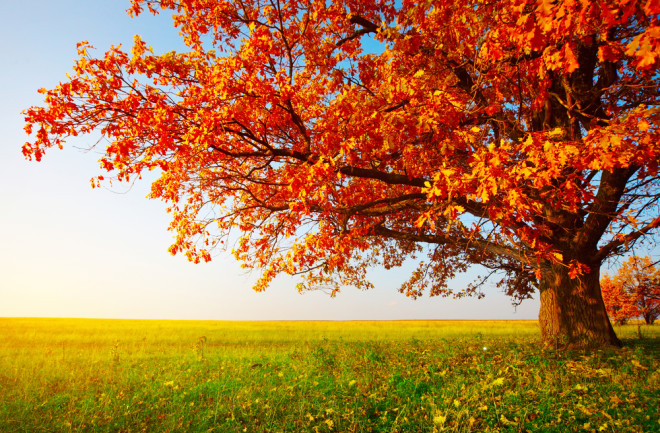Autumn’s yearly arrival comes laden with many indicators: a proliferation of turtlenecks, Charlie Brown specials, and Starbucks drinks that include the word “spice.” But perhaps most traditional are the widespread hues associated with the season — the burnt oranges, cider browns, canary yellows, and mulberry purples that color temperate regions’ commercials, kitchen tables, front porches, and soon enough, leaves.
Why Do Leaves Turn Red in Autumn?
Fall is stressful, for humans and plants alike. Plants cope by deploying a highly useful and beautiful color change.
Oct 28, 2021 5:30 PMOct 28, 2021 5:39 PM

(Credit: Dudarev Mikhail/Shutterstock)
Newsletter
Sign up for our email newsletter for the latest science news
0 free articles left
Want More? Get unlimited access for as low as $1.99/month
Stay Curious
Sign up for our weekly newsletter and unlock one more article for free.
View our Privacy Policy
Want more?
Keep reading for as low as $1.99!
Already a subscriber?
Find my Subscription
More From Discover
Stay Curious
Subscribe
To The Magazine
Save up to 40% off the cover price when you subscribe to Discover magazine.
Copyright © 2025 LabX Media Group
